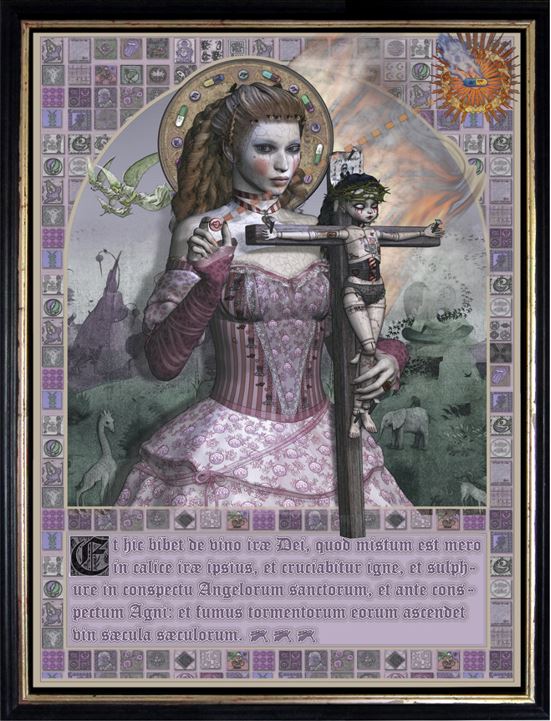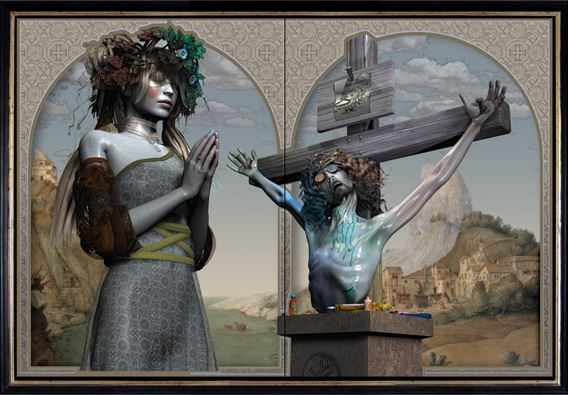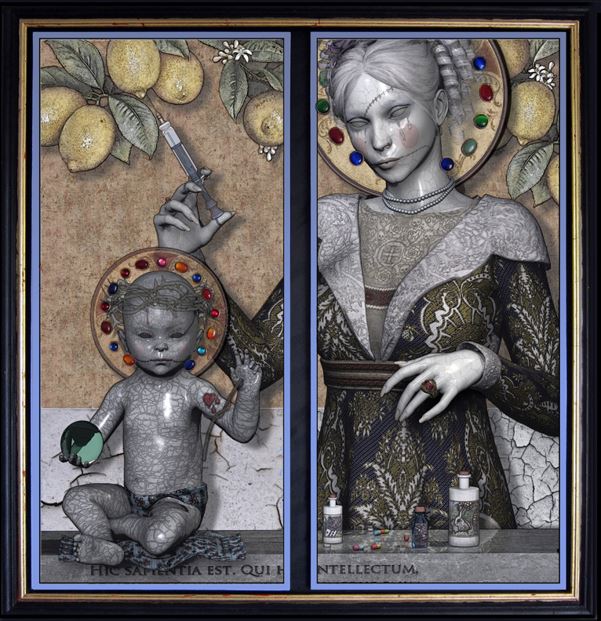John Hoyt
PhD, ASA
Biography
I have been interested in the visual arts since childhood, and my holidays are typically devoted to visiting art museums and archeological sites in North American and Europe. In particular, I find myself drawn to European art of the 1400s (all of which is religious on some level, of course). There is a tentative and exploratory quality to this period – both in Italy and Flanders – as if the artists felt they were on the brink of discovering a new way of seeing the world, but sensed that the goal would remain elusive. Today we perhaps see more clearly that tentative searching is “all there is.” In other words, the major themes in my work all relate to searching, wandering, with perhaps at the same time a realization that being “lost” is not something to be regretted or “gotten over.” Many of my dreams, for example, are about wandering in an unknown place – usually a large city that vaguely resembles Brussels, Toronto, Athens, or some other major city I have visited recently. My personal wandering is guided by years of reading, observing, reflecting, and teaching. Besides European art of the Early Renaissance, other important influences include Jungian and Freudian psychology, the psychedelic “new dawn” of the early 1970s (hence the dream and drug imagery), as well as Greco-Roman culture and the apocalyptic religious atmosphere of my childhood. My most recent work (paintings and digital prints) may be understood as a personal attempt to forge a new, syncretistic “mystery religion” from the shards of two foundational myths of my childhood: the Christian narrative cycle and the Alice in Wonderland myth, guided by the understanding that these two narratives share the theme of katabasis – anastasis: descent and return.




